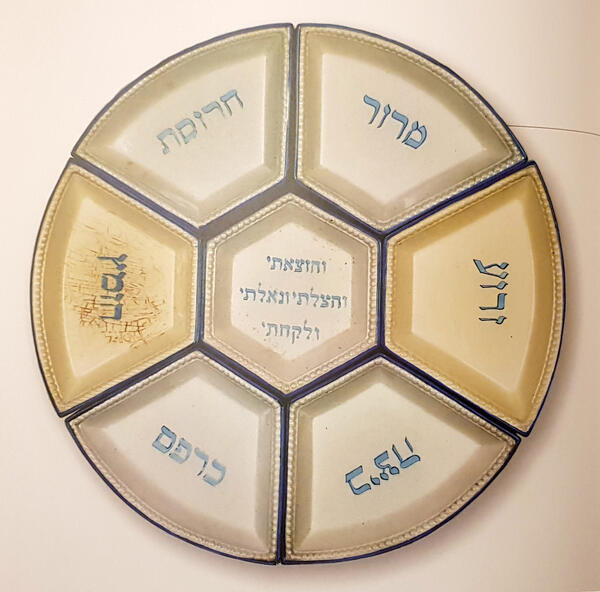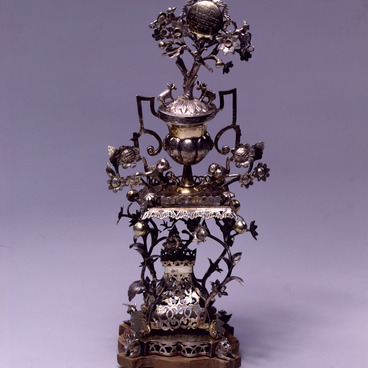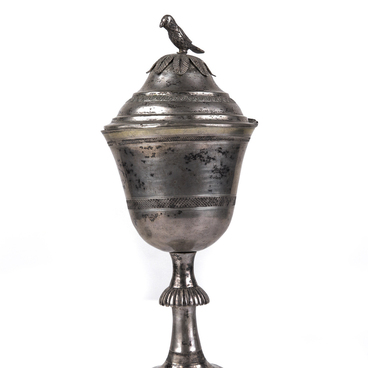The Seder is the first evening of the Jewish holiday Passover. The name comes from the Hebrew word Pesach, which means “passed over”. Passover commemorates the main event in the history of the Jewish people — the Exodus from Egypt. The Jews had lived there for 430 years, but when they outnumbered the Egyptians, the Pharaoh ordered the Jews to be put to hard labor and their newborn sons to be killed. The Lord inflicted ten plagues on Egypt, which bypassed the Jews. Moses the Prophet led his people away into the wilderness, where they wandered for 40 years and received The Lord’s commandments, which formed the basis of the Torah.
The Passover festival lasts seven days and replicates the events of the Exodus. Jews gather as families and communities, immerse themselves in the sacred history called “a time of myth”. At the solemn Seder dinner, they recite the Haggadah, a book about the Exodus, and engage in the interpretation of passages from the Bible, the Talmud and poetry. Children should also be present at this time to learn and honor their history. Adult Jews each drink four glasses of their finest red wine to commemorate the four stages of Jewish liberation. The wine is poured into ornate glasses with symbolic themes and texts.
“Seder” in Hebrew means order. Each dish at the supper has its own sacred meaning. During the Seder, ritual tableware is used: a kearah dish with six separate plates with inscriptions is placed in the center of the table. A hard-boiled egg, a chicken wing or meat on a bone evoke the Passover lamb and the festive offerings of the Temple times.
Maror — celery, horseradish, chicory or other tart herbs — symbolize the bitter herb that the Israelites were commanded in all generations to eat with the meat of the Passover lamb. Charoset, literally meaning “clay”, is a sweet mixture of grated fruit, ground nuts, spices, wine and flour. It is a reference to the clay from which the Jews made bricks during the Egyptian slavery.
Each meal at a Seder is eaten in a particular order. The last meal to be eaten is afikoman, which literally means “that which comes after”, dessert. To commemorate the hardships their ancestors endured, the Jews eat half a piece of unleavened matzoh for dessert.
The Passover festival lasts seven days and replicates the events of the Exodus. Jews gather as families and communities, immerse themselves in the sacred history called “a time of myth”. At the solemn Seder dinner, they recite the Haggadah, a book about the Exodus, and engage in the interpretation of passages from the Bible, the Talmud and poetry. Children should also be present at this time to learn and honor their history. Adult Jews each drink four glasses of their finest red wine to commemorate the four stages of Jewish liberation. The wine is poured into ornate glasses with symbolic themes and texts.
“Seder” in Hebrew means order. Each dish at the supper has its own sacred meaning. During the Seder, ritual tableware is used: a kearah dish with six separate plates with inscriptions is placed in the center of the table. A hard-boiled egg, a chicken wing or meat on a bone evoke the Passover lamb and the festive offerings of the Temple times.
Maror — celery, horseradish, chicory or other tart herbs — symbolize the bitter herb that the Israelites were commanded in all generations to eat with the meat of the Passover lamb. Charoset, literally meaning “clay”, is a sweet mixture of grated fruit, ground nuts, spices, wine and flour. It is a reference to the clay from which the Jews made bricks during the Egyptian slavery.
Each meal at a Seder is eaten in a particular order. The last meal to be eaten is afikoman, which literally means “that which comes after”, dessert. To commemorate the hardships their ancestors endured, the Jews eat half a piece of unleavened matzoh for dessert.



